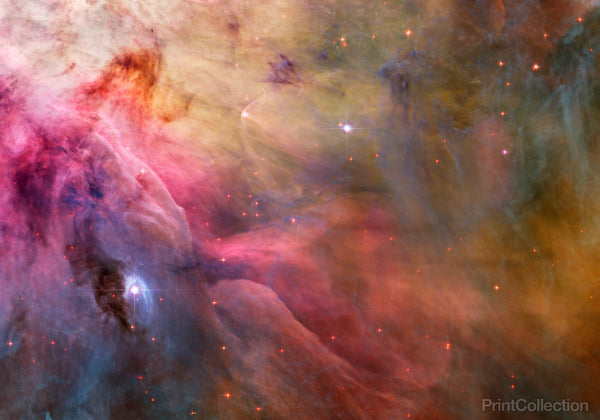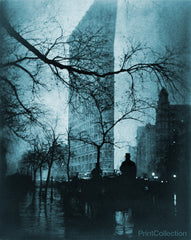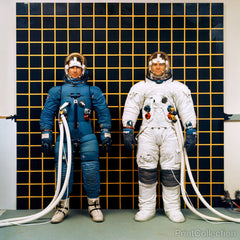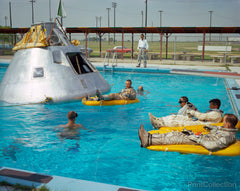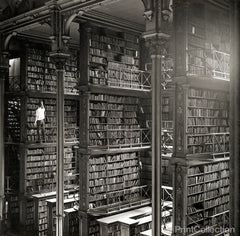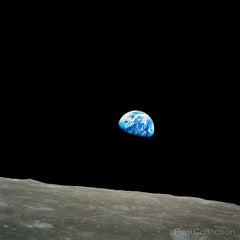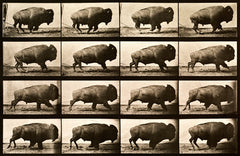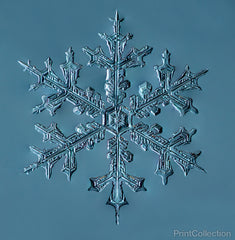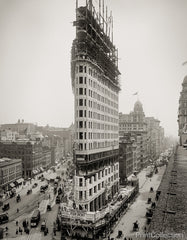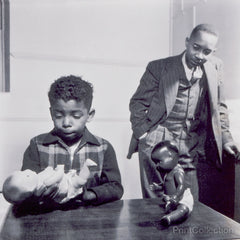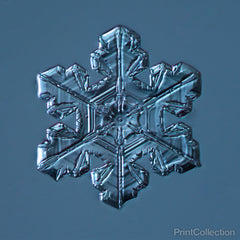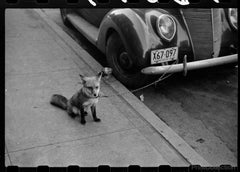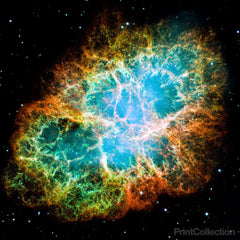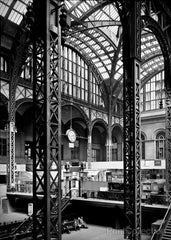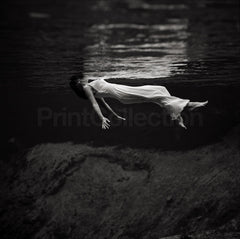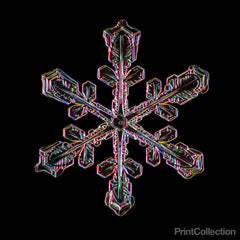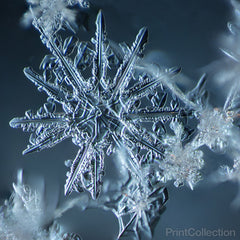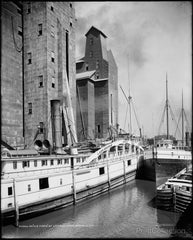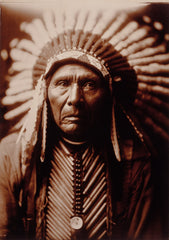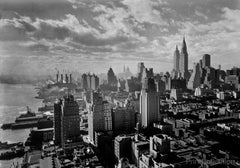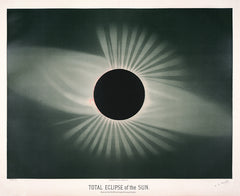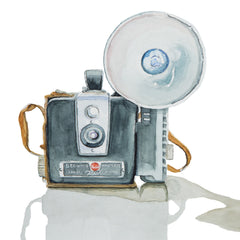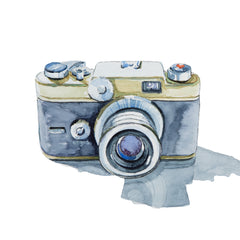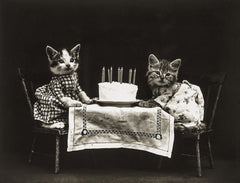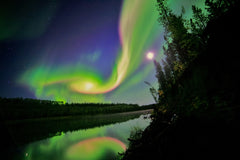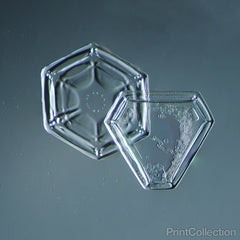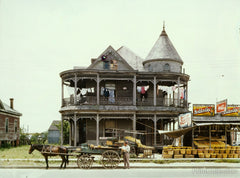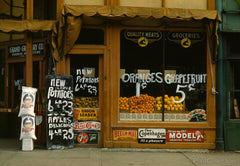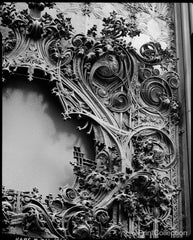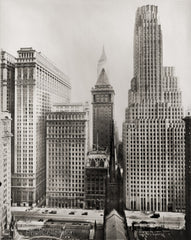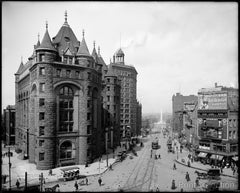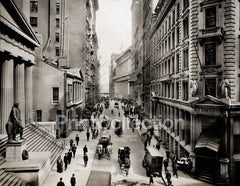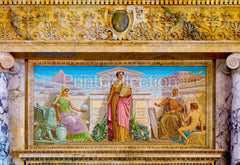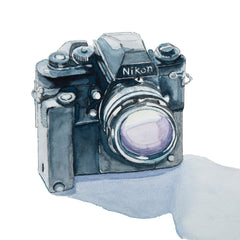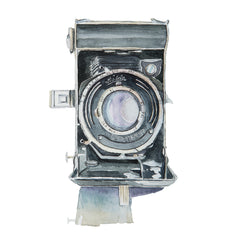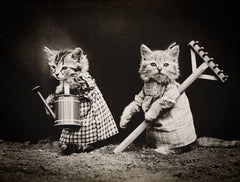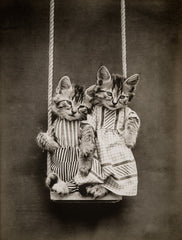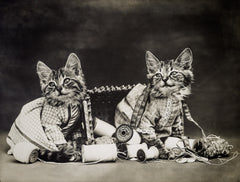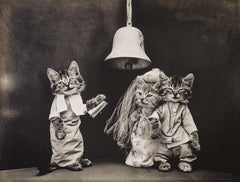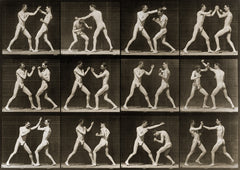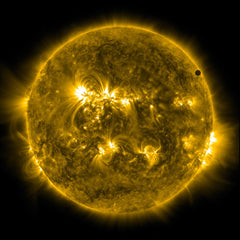Abstract Art Found in the Orion Nebula
Your custom Outdoor Throw Pillow with Insert is printed on two sides and made from 100% spun polyester poplin fabric, a high quality product that will look great in your home. This custom cut and hand sewn pillow is available in square and rectangle proportions to best fit your image. The included pillow insert is not removable.
Outdoor Pillow with Insert. No UV Properties - Waterproof and Mildew Proof.
Your custom Throw Pillow with Insert is printed on two sides and made from 100% spun polyester poplin fabric, a high quality product that will look great in your home. This custom cut and hand sewn pillow is available in square and rectangle proportions to best fit your image. The pillow is finished with a concealed zipper for easy care.
This product includes a pillow insert. Spot Clean Only.
Your custom Throw Pillow Cover is printed on two sides and made from 100% spun polyester poplin fabric, a high quality product that will look great in your home. This custom cut and hand sewn pillow is available in square and rectangle proportions to best fit your image. The pillow is finished with a concealed zipper for easy care.
This product does not include a pillow insert. Spot Clean Only.
Close inspection of the 2006 Hubble Space Telescope color mosaic of the Orion Nebula (M42) reveals numerous treasures that reside within the nearby, intense star- forming region. Southwest of the Trapezium stars located in the center of the nebula, a stunning Hubble Heritage portrait captures a variety of intricate objects.
Deeply contrasting areas of light and dark blend with a palette of colors mix to form rich swirls and fluid motions that would make even the best artists stand back and admire their work.
Visible slightly above left center is the star LL Orionis (LL Ori), originally release by the Hubble Heritage Project in 2002. The delicate bow shock that surrounds LL Ori points towards the stream of gas flowing slowly away from the center of the Orion Nebula, near the Trapezium stars located off the image to the upper left. Close examination of the ends of the bow shock show secondary shocks that are formed as a two-sided jet of gas flowing away from this forming star at high velocity strikes the stream of low velocity gas from the center. To the right of LL Ori, a ghostly veil of material hangs thick and dark, obscuring portions of the nebula behind it.
The bright star toward the lower left of the image, known as LP Orionis (LP Ori), is surrounded by a prominent reflection nebula. Astronomers believe the star is moving within another veil of material that lies in front of M42. The appearance of the bright rim above LP Ori indicates that the teardrop shaped dark region around the illuminating star must be a cavity formed as the star moves through the veil material, rather than being a dusty veil obscuring light behind it.
Object Names: Orion Nebula, M42, NGC 1976
Image Type: Astronomical
Credit: NASA, ESA, and The Hubble Heritage Team (STScI/AURA)
Acknowledgment: NASA, ESA, M. Robberto (Space Telescope Science Institute) and the Hubble Space Telescope Orion Treasury Project Team


